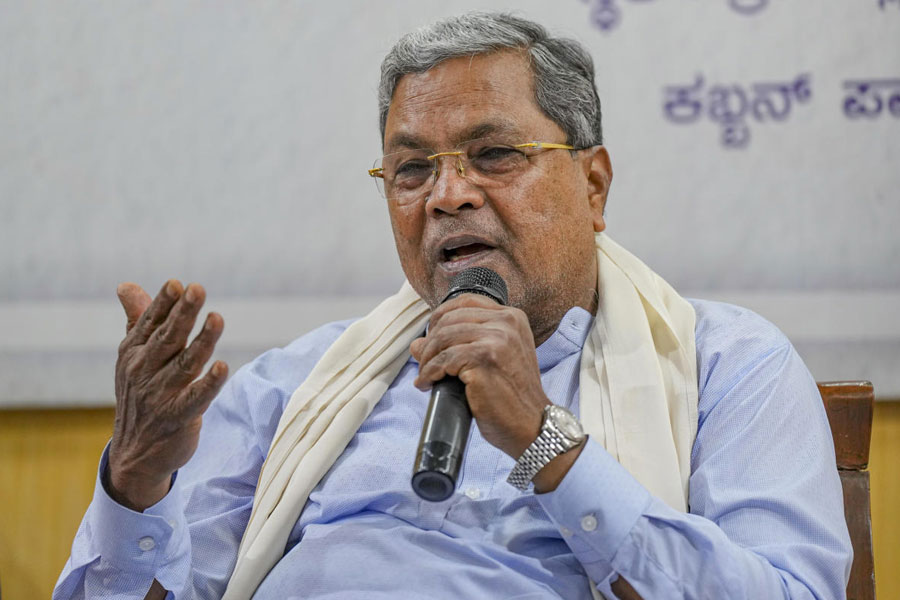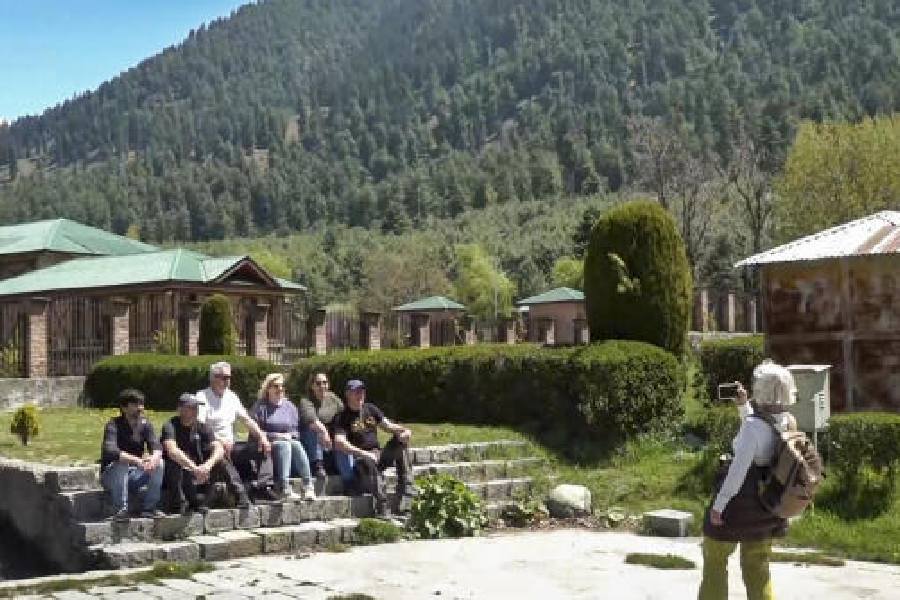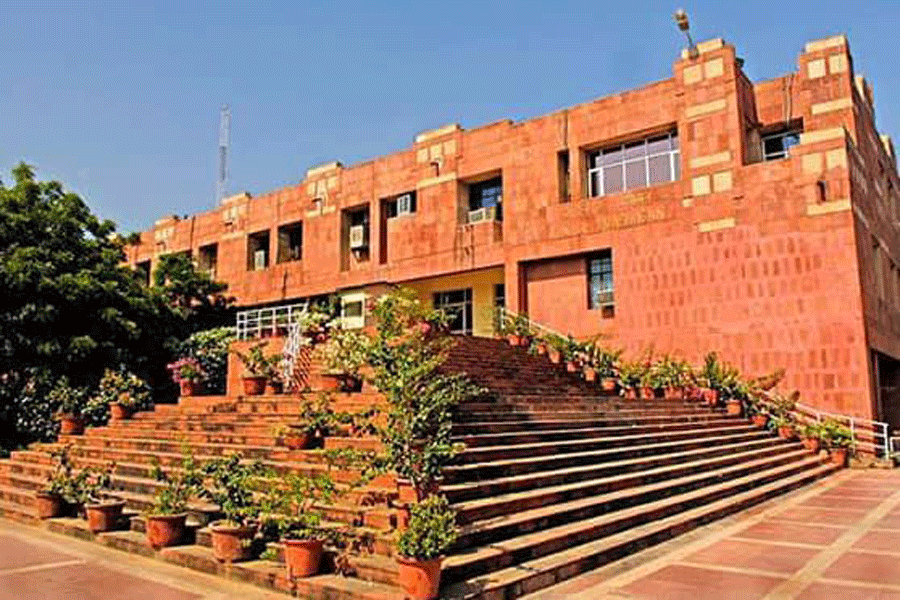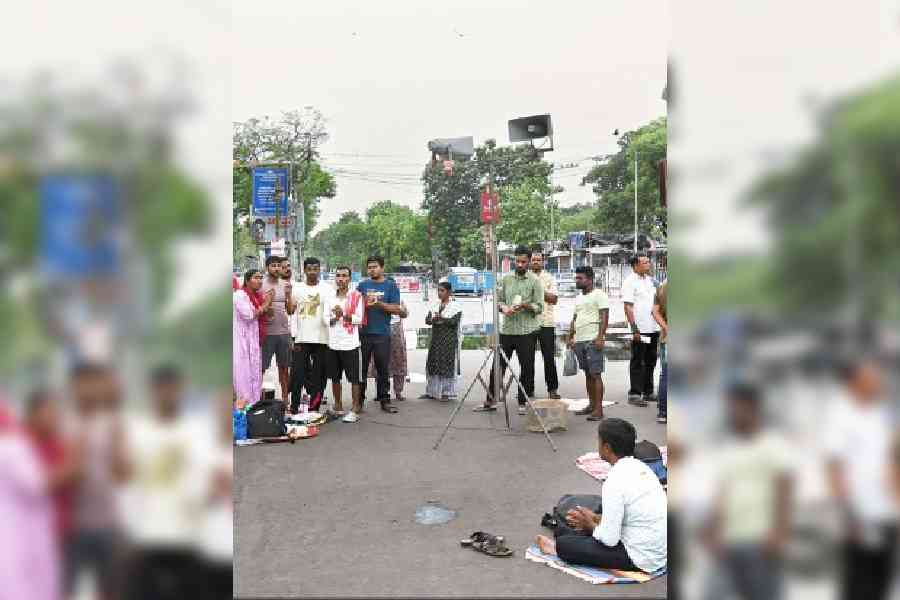
A no-headache hairband to ward off headaches. An umbrella with an inbuilt fan powered by solar energy. A voice recorder that switches on the television. A system that allows a candidate's profile to pop up at a polling booth. Futuristic ideas? Not for the children of remote tribal villages in Arunachal Pradesh who have thoughts about everything - from physical headaches to political ones.
The children live in a world where, despite acute want, optimism thrives. That's the first insight provided by Shodhyatra - a biannual trek in extreme weather conditions into remote regions of India in search of grassroots innovation. Some of the innovators will be felicitated in Delhi by President Pranab Mukherjee next week.
Shodhyatra has covered 6,000 kilometres on foot over 17 years and 36 yatras. My five-day rough trek with a motley group of Shodhyatris (as they are called) in the third week of January this year through hilly and muddy terrain in freezing temperatures and amid occasional showers pales in comparison to the seemingly eternal hardships that the local people face - restricted electricity, limited running water, no hospitals, poor connectivity, and having to lug heavy loads of wood and bamboo over long distances.

Driven by Anil Kumar Gupta of the Indian Institute of Management, Ahmedabad, and organised by the Society for Research and Initiatives for Sustainable Technologies and Institutions (SRISTI), every journey leads to a spate of discoveries.
"Knowledge lies scattered around us, and we are not even aware of how much knowledge we hold," Gupta stresses.
Gupta looks out for unsung grassroots innovators, social entrepreneurs, children and centenarians. They are people who invent out of necessity, he points out.
Walking from one village to another - Hija, Hong, Tajang Limpiya, Liniya, Loth, Tajgi, Pamluk and Yetap, to name a few - makes that evident. About 80 kilometres through 20 villages over five days is no mean feat, but the excitement on both sides is at its peak.
Each village has organised its own exhibition. Well-dressed and disciplined schoolchildren sit attentively, thinking and speaking of ideas that will make a difference to their lives. Enterprising women showcase some of their local cuisine, display herbs and plants meant to cure various illnesses. A villager demonstrates how it is possible to conserve 15 varieties of paddy on a plot of land.
Villagers use bamboo in place of plastic to create aesthetic utensils and animals traps. They turn motor cycle rims into sofa sets. They use little plastic dolls to ward off birds when they dry out their grain.
These ideas are threshed out on other platforms. Gupta has founded a group called the Honey Bee Network in an effort to harvest and spread knowledge. The network does precisely what its name connotes - metaphorical cross-pollination by extracting and spreading knowledge.
"The future belongs to a shared culture, a shared network and open innovation. So it is important to compile and disseminate knowledge that is fast disappearing, bridge the generation gap and help innovators scale their inventions," he explains.

In Arunachal Pradesh, two much needed innovations come to the fore. The first is a bamboo processing machine invented by Lyagi Baht to ease the life of villagers who have to cut and shape the bamboo manually for building their houses, as well as for their daily use. The second is a paddy thresher in which the belt and pulley - that lead to many accidents, especially in Kerala - are replaced with an improved coupling mechanism connecting the two shafts at either end. The brainwave has come from Mihin Pussang, who decided it was time the archaic paddy thresher was given an innovative twist to make it efficient and safe.
Ideas such as these are then taken up by the National Innovation Foundation of India (NIF), where Gupta is the executive vice-chairman. Many of the innovations will feature at the Biennial Presidential Grassroots Innovations Award programme - organised as a part of the Festival of Innovation hosted by the President at the Rashtrapati Bhavan from March 12 to 18. A few of the grassroots innovators and students spend two weeks at the Rashtrapati Bhavan, where they are mentored by the office of the President, NIF and Honey Bee Network volunteers.
Former rickshaw-puller Dharam-veer Kamboj of Haryana is one such innovator who has had the privilege of staying at the Rashtrapati Bhavan. At one time, he used to ferry traders to Khari Baoli, the spice market in Old Delhi, where he noticed they paid hefty amounts for buying herbs. Curious by nature, he would often talk to the vendors to know more about the products and the income they could fetch. That set him thinking and he returned to his village in Damla and invented a multipurpose food processing machine that is now not only used in parts of India, but also countries abroad.

This machine has the capacity to process a wide variety of products and extract juices and essence without damaging the seed of the fruit or vegetable. It can be used for processing mango, amla, aloe vera, tulsi, aswagandha and even flowers such as rose, chameli and lavender. His invention has helped generate employment for the women in his village who now sell processed amla and aloe vera products made with the help of this multi-purpose machine.
Along with NIF, Grassroots Innovation Augmentation Network, another effort to help scale and convert grassroots innovation into viable products, backed Kamboj and helped him translate his idea into reality. And he is just one of the many who now have a rags-to-riches story to narrate.
As we return to Ziro in Arunachal Pradesh from where our journey began, what strikes me is how the Shodhyatra in search of creative minds on the margins has been helping people give new turns to their lives.
Kamboj is a case in point. The former rickshaw-puller today owns a house with 11 rooms and has two cars.
"I failed twice in Class VI and twice in matriculation - and then went on to be come a scientist," he laughs. "What more could I have asked for?"










